According to the United Nations every year $1 trillion is paid in bribes while an estimated $2.6 trillion are stolen annually through corruption—a sum equivalent to more than 5 per cent of global GDP. There is no research made in Nepal on the total volume of corruption. But, based on the Commission for the Investigation of Abuse of Authority (CIAA), it can be estimated that annually average NRs.10 million is paid for bribes and 3741.7 million is stolen through corruption.
Corruption in Nepal is more devastating than COVID-19 pandemic. COVID-19 pandemic will be controlled within 1 or 2 year but corruption pandemic is quiet impossible to control in Nepal. Nepal has long history of corruption control efforts ranging from King Prithivi Narayan Shah to this date. But, the volume, size, form, style, techniques, tactics or modus operandi of corruption have been changing day by day.
Pictures on corruption pandemic
Transparency International (TI) enlisted Nepal in Corruption Perception Index (CPI) since 2004. According to TI, the position of Nepal in different years is as follows;

CPI ranges from 0 (highly corrupt) to 10 (highly clean). The CPI scores, ranges from 0 to 10 were used before 2012. After then, TI started the CPI scores ranges from 0 to 100. Up to 43, countries are assumed as highly corrupt. The above scores indicate that Nepal is highly corrupt country.
The following data shows some pictures of corruption in Nepal. According to the annual reports of CIAA, complaints against corruption lodged at CIAA shows that Nepal is under fire in terms of corruption.

Since fiscal year 2047-48 to 2076-77, there are 239,205 corruption complaints are registered in CIAA. Out of them CIAA has filed 2,878 corruption cases in the concerned competent court. Among them 1,190 cases are related to fake academic certificate, 693 are bribery and 120 are illicit enrichment. The rising numbers of complaints against corruption also depict the pandemic situation of corruption in Nepal. CIAA has accused the following public position holders in fiscal year 2076-77 (2019-20):
![]()
Out of 1196, former vice prime minister 1, former minister 2, special class (secretary level) 6 are high level selected and elected officials. Similarly, in 206 bribery cases, total 277 persons are red hand arrested while taking bribes. Out of them, 2 are secretary level employees, 55 are intermediaries/associates, 14 are elected authorities, 48 are police personnel, 6 are teachers and 1 is employee working at court. The following data from CIAA annual reports show that amount of bribery and corruption is in increasing trend.

According to the Department of Money Laundering Investigation, since the beginning to fiscal year 2074-75 the following data shows that there should be rigorous investigation against money laundering crimes.

According to the press releases issued by the Department of Revenue Investigation (DRI), it has already filed the cases in the concerned court during the last year:

The above figures show that during fiscal year 2076-77 the government revenue equivalent to NRs. 13,038,817,760 is stolen by the different individuals and firms. The above mentioned horrific picture of corruption in public and private sector indicates the vulnerability of corruption. These are only explored cases and there are immense possibilities of hidden cases of corruption. This can be compared to the iceberg of corruption phenomenon. Only the small volume is visible above the water where big volume of corruption is hidden inside the water.
In this regard, Seyom Brown and Vanda Felbab Brown opine-the bureaucracy, army and police-historically dominated by privileged social groups that never held them accountable—are becoming even more politicized and corrupt (nytimes.com June 5, 2012). Now, the situation is still worsening in terms of density of corruption.
Anti-corruption scholar Dr. Narayan Manandhar quotes—Under the Rana oligarchy fleeced the country, under monarchy the elite fleeced the country; under parliamentary democracy even the common man fleeced the country (Gellner, 2008). He further clears the paradox-if a degree of political stability during active monarchy regime facilitated corruption then political instability of multiparty regime and political transition encouraged corruption. This statement shows the ugly picture of corruption from the Rana regime to this date.
Impacts of corruption pandemic
Politics, businesses, bureaucracy, police, court as well as civilians are the key actors in fighting against corruption. Politics is the most powerful actor in governance system. Parliamentarians formulate state policies, laws and regulations while bureaucracy is responsible for implementation of these decisions. The climax stage of corruption pandemic is policy capture or state capture in which decisions are made in favour of interest groups rather than state and citizens. Lack of statesmanship and mismanagement of state institutions have been breeding public dissatisfaction towards governance system.
First of all, government will be the target of ordinary citizens and opposition parties. The degree of corruption determines the success and failure of the government. Higher degree of corruption makes government failure. So, government should be committed to control corruption to save its image and fulfill the people’s expectations. In rampant corruption situation, government cannot enforce its policies, plans and programs. Corruption makes state institutions weak, inefficient, and ineffective to execute government decisions.
Second, corruption undermines corporate governance. The competitive edge of the business will be erased due to unfair market. Market distortion due to monopoly of big firms, carteling and syndicate of producer and distributors, black marketing, artificial scarcity, stockpiling, price war and other unhealthy activities between competitive firms make business world unproductive, unhealthy and irresponsible to the state and the citizens. In such situation, business do not able to generate enough employment, pay taxes, and deliver quality goods and service to the people.
Third, oversight agencies also accused of being inefficient to investigate and prosecute against corruption cases. It has been frequently criticised that oversight agencies are frying small fishes rather catching big fish. It is already heard that investigation authorities are not reaching to the big actors of corruption. The proliferation of corruption situation reduces the degree of public trust towards state institutions. In this context, Dr. Manandhar ironically expresses-we have come to the stage where corruption is controlling anti-corruption agencies rather than anti-corruption agencies controlling corruption (myRepublica, October 10, 2017). It indicates the strengths of corruption in Nepal.
Fourth, question has been arising in adjudication of corruption cases. Especially, high profile corruption cases are undecided for longer time. The CIAA strategic plan 2014-2019 reveals the average period of high profile case settlement is 9.33 years and final conviction rate against claimed amount is 37.67 per cent. In this perspective, we have to consider that delaying in justice is equivalent to injustice.
Finally, overall impacts of corruption pandemic are political instability and criminalization of politics, economic over dependency, socio-cultural disintegration, and degradation of moral values and norms of the society. Civil societies are seen unorganized and uncooperative to the solidarity against corruption. To fulfill the political and business interests of giant healthcare and pharmaceutical companies common diseases are portrayed as pandemic. Over demonizing of common disease can terrorize the people to spend more money on unnecessary treatment of so-called pandemic. In some extent, COVID-19 is criticizing for over terrorizing to society instead of recommending easy natural treatment.
Together against corruption pandemic
United Nations has arched the multi-year theme in Anti-Corruption Day as—United against Corruption for development, peace and security. It stresses the meaningful partnership and solidarity against war on corruption. The national government, government and non-government organizations, civil organizations, international community should work together against corruption. It can be said that corruption is one of the biggest causes of of underdevelopment Nepal. Corruption is white colour crime frequently committed by the powerful persons holding public position. Hence, without self-realization of love and loyalty towards country and citizens it is difficult to control corruption.
Therefore, we dignified Nepali people have cultural and religious unity. This unity should reflect on fighting against corruption because we have bitterly stricken from corruption pandemic. We have to be revolutionized ourselves against common enemy—corruption for decent life. For this, all Muslim brother and sisters should be united in Jihad against corruption pandemic. All Christian fellows should launch holy crusade against it. By the same token, all Hindu devotees and Buddhism followers should join their hand in Mahabharat against corruption.
Conclusion
Nepalese people have been waiting for anti-corruption protagonists to overcome from extremely exploitation of state resources from corrupt antagonists. Corrupt antagonists in the different cover from street to state, from local to central, from business to bureaucracy, from project to policy, from school to hospital and so on have been stealing state resources. Despite of availability of abundant natural resources and younger workforce diversity, Nepal has long been suffering from extreme poverty, hunger and underdevelopment. So, Nepalese people have been waiting for national hero who can initiate war against corruption and corrupt antagonists. They are equally eager to see the violent attack on corrupt, recover the stolen property and lifelong jail to corrupt officials. To perform this heroic deed, they are exciting to welcome you. Please be the first.
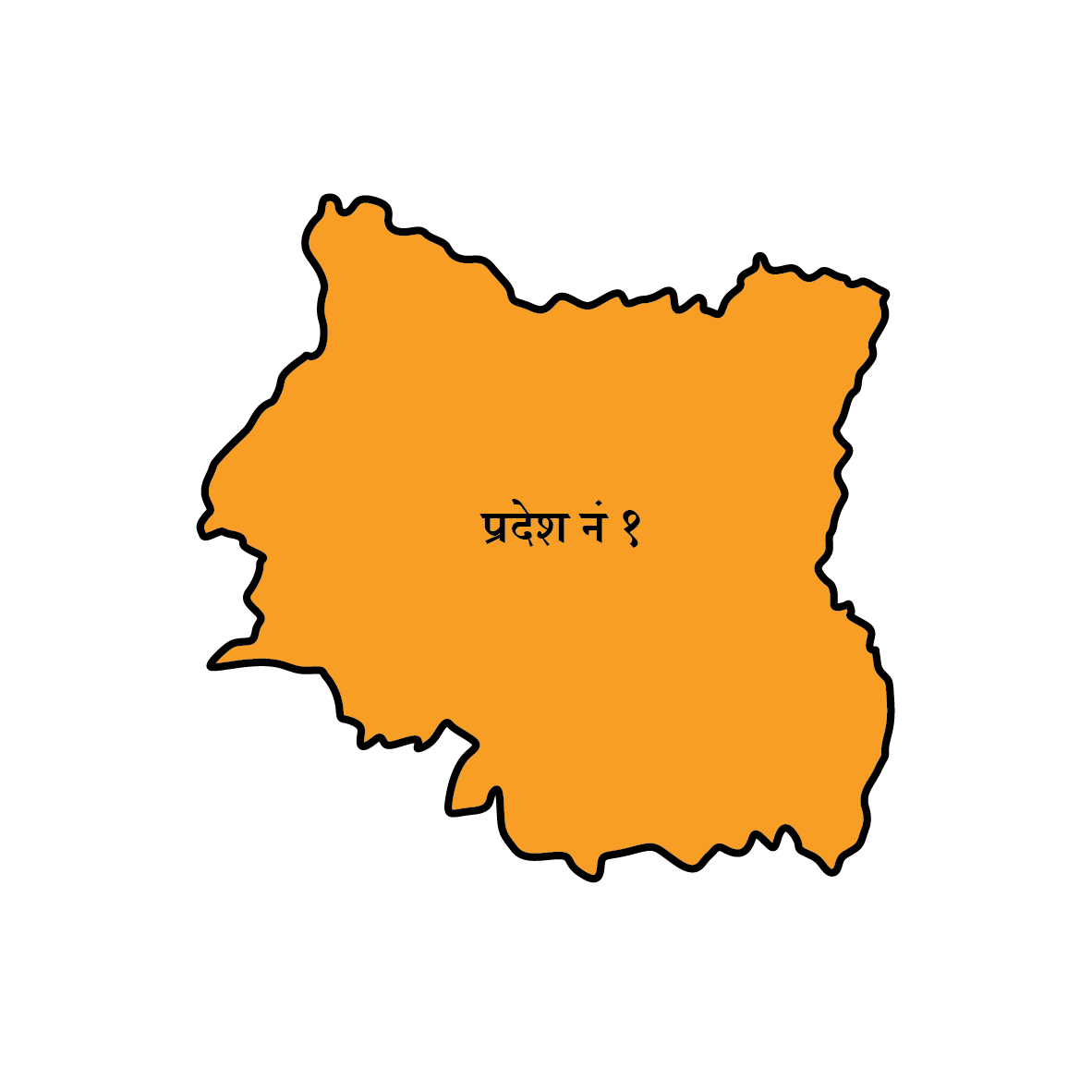 कोशी प्रदेश
कोशी प्रदेश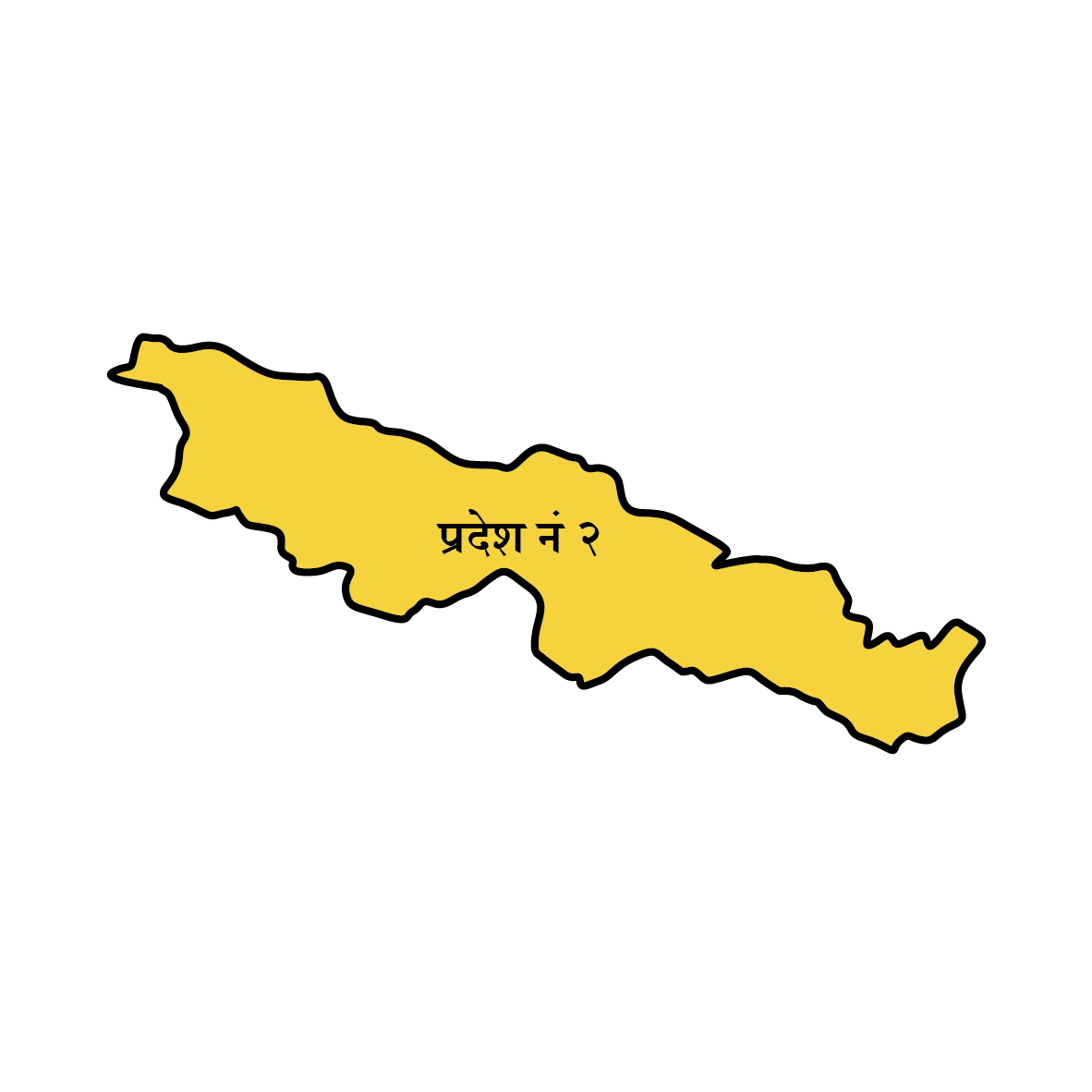 मधेश प्रदेश
मधेश प्रदेश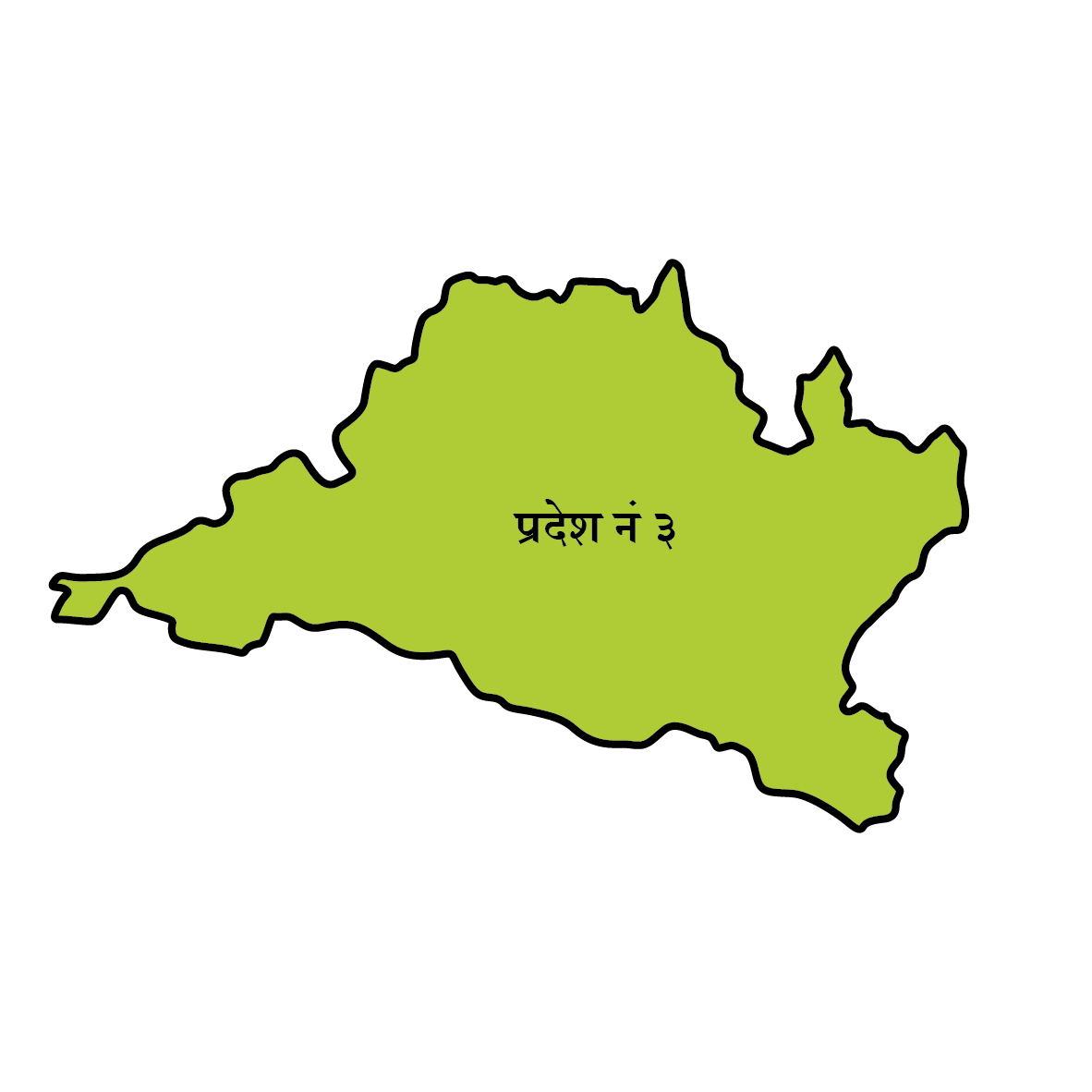 बागमती
बागमती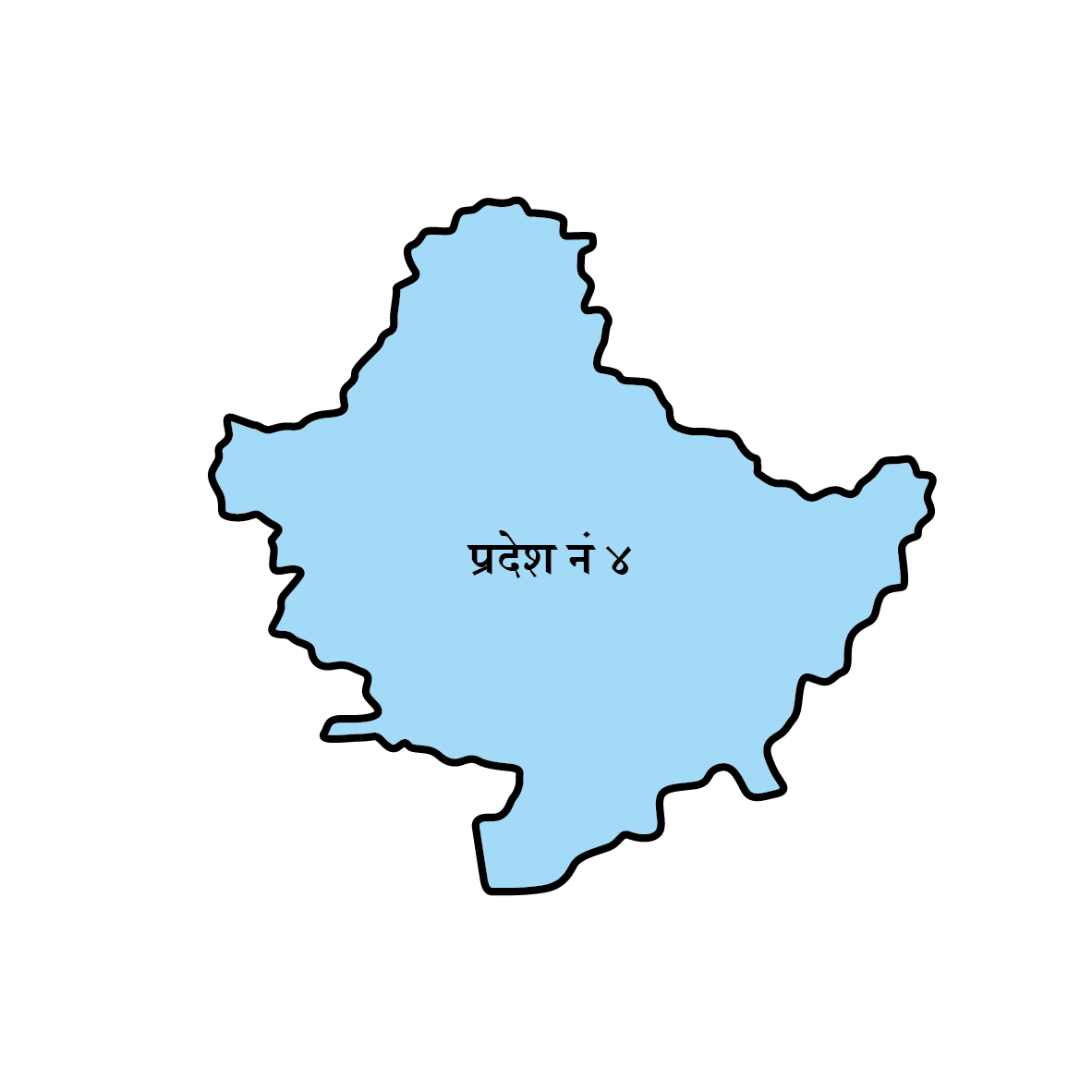 गण्डकी
गण्डकी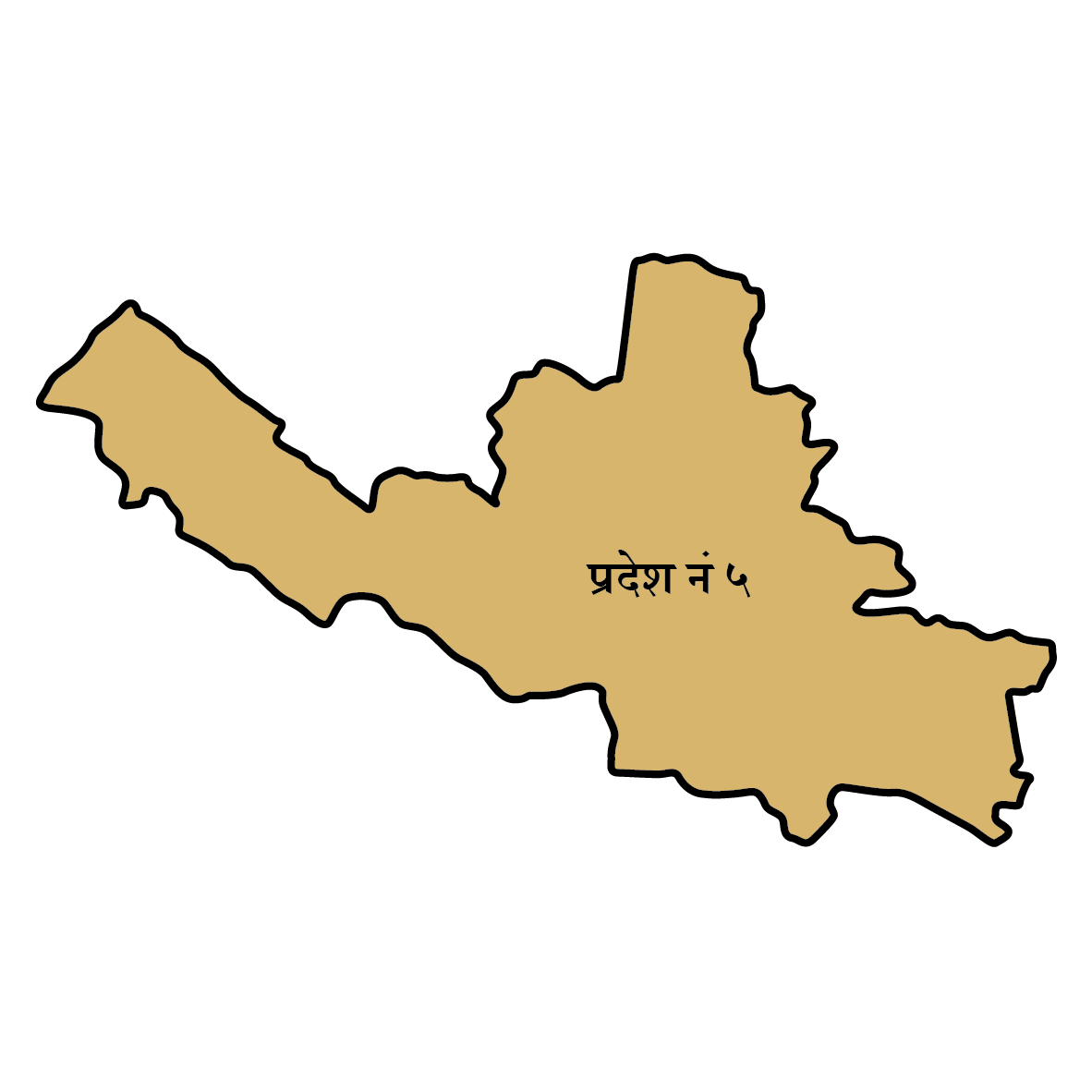 लुम्बिनी
लुम्बिनी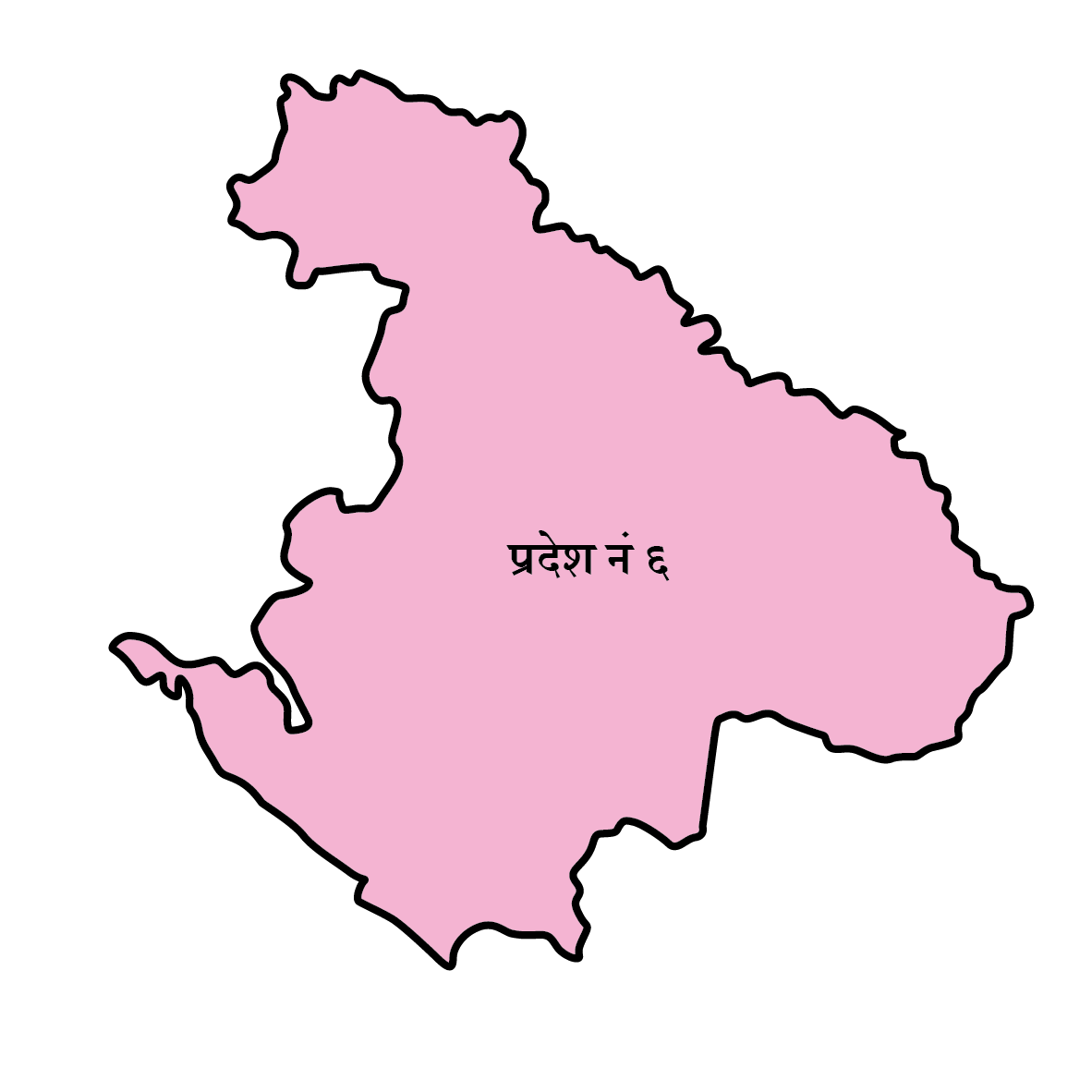 कर्णाली
कर्णाली 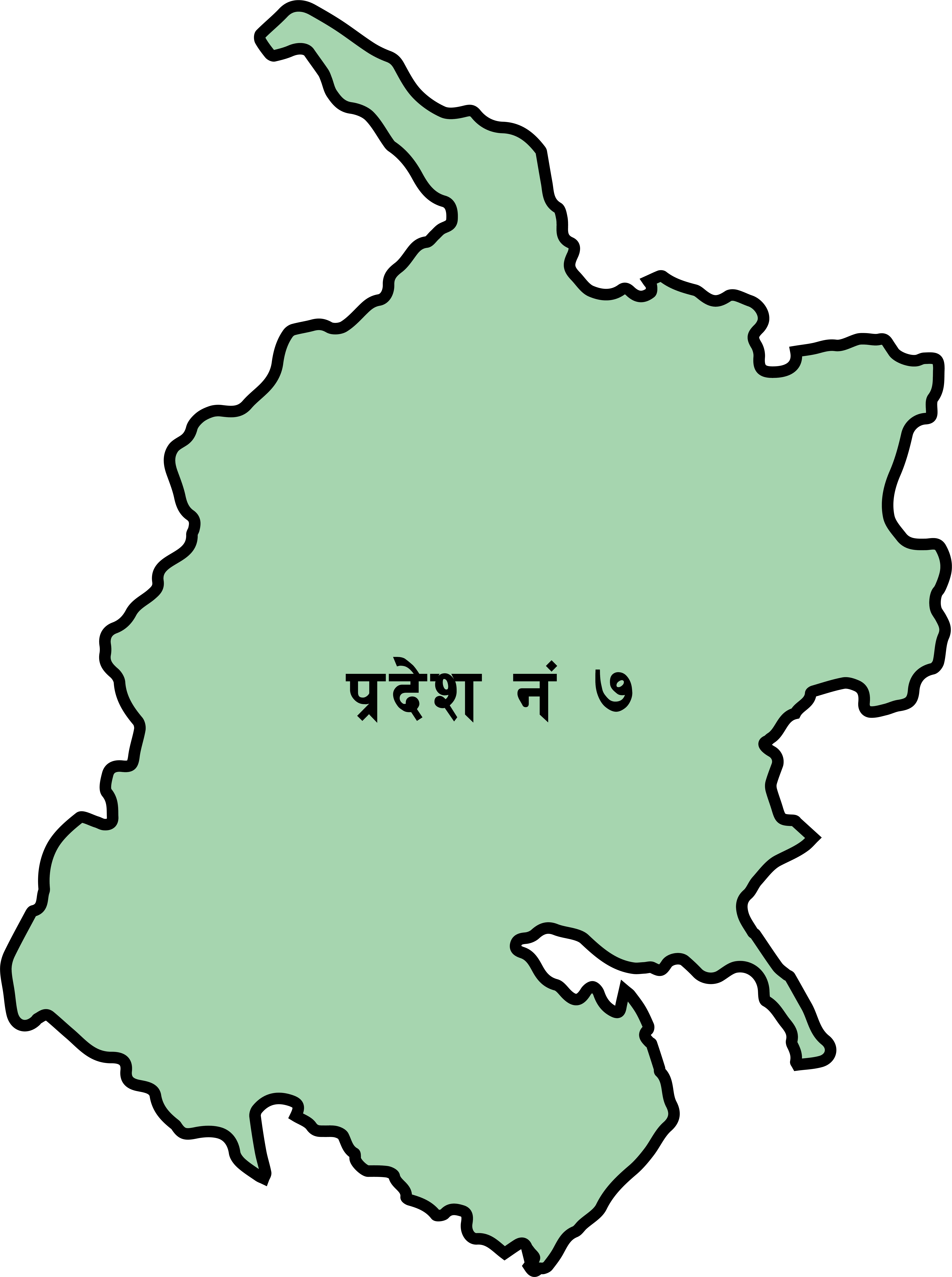 सुदूरपश्चिम
सुदूरपश्चिम
















